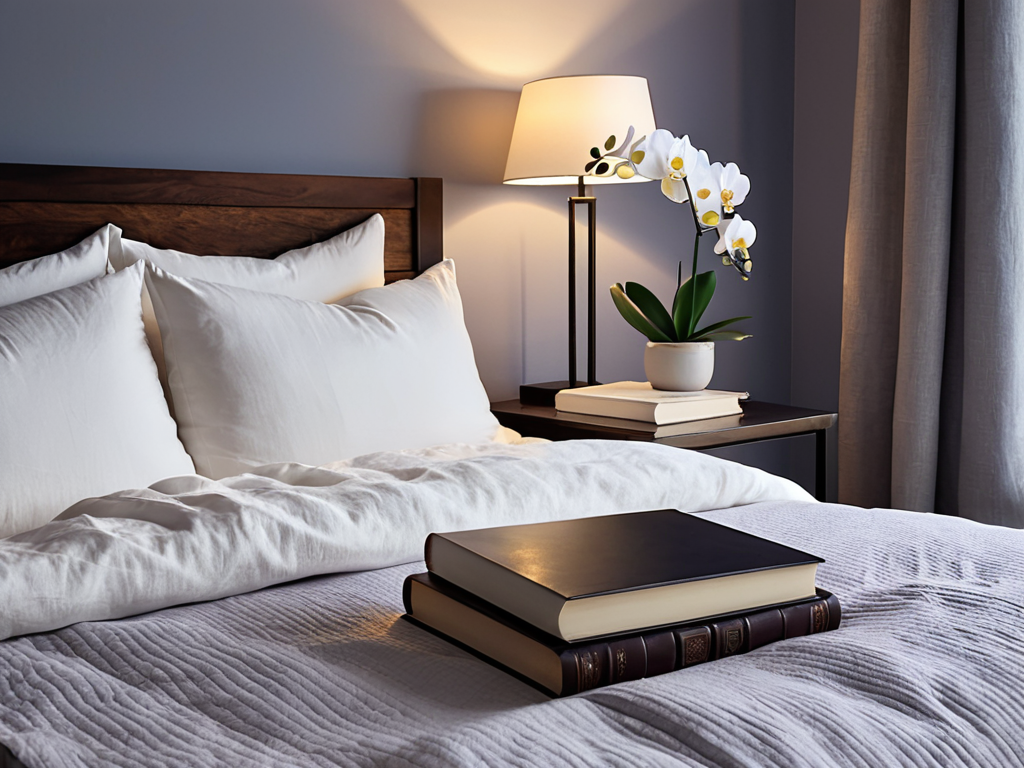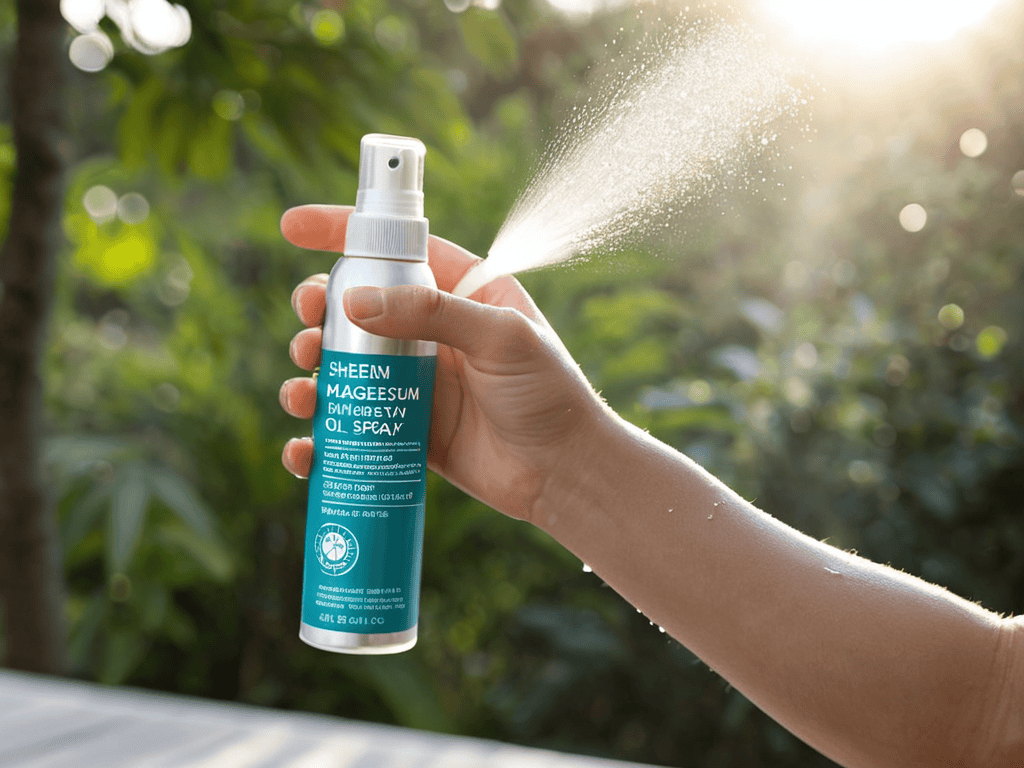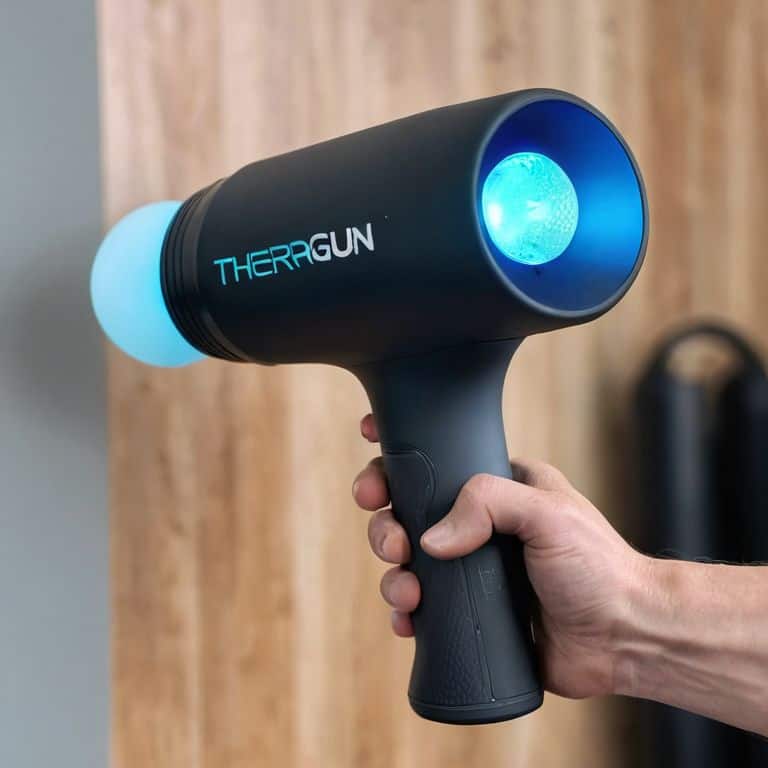I’m so over the generic advice on achieving restful sleep. You know, the kind that tells you to just “relax” and “clear your mind” without giving you any actual tools to make it happen. As someone who’s tried every sleep hack under the sun, I can tell you that it’s not that simple. I’ve spent countless nights lying awake, feeling like I’ve tried everything, and still, I’m left wondering why I just can’t seem to catch those coveted z’s. It’s frustrating, to say the least, and I know I’m not alone in this struggle.
So, what’s the solution? Well, let me tell you – I’ve done the dirty work for you. I’ve tested every gadget, every technique, and every supplement on the market, and I’m here to give you the lowdown on what actually works. In this article, I’ll be sharing my personal favorites for achieving restful sleep, from high-tech sleep trackers to simple yet effective mindfulness exercises. My goal is to give you the same kind of unfiltered honesty that I’d give to a friend, so you can cut through the noise and start sleeping like a baby in no time.
Table of Contents
Unlocking Restful Sleep
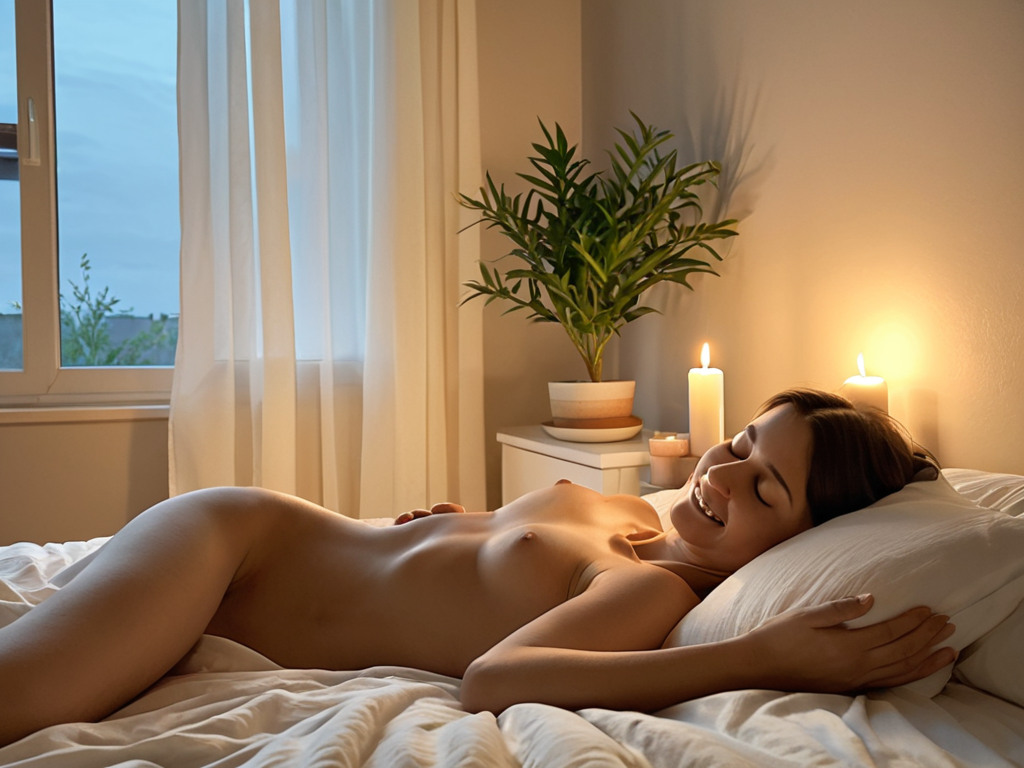
To unlock the secrets of a good night’s sleep, I’ve been experimenting with various bedtime routine for adults. I’ve tried everything from meditation to reading before bed, and I’ve found that a consistent routine is key to improving sleep quality. My favorite relaxation technique is a combination of deep breathing exercises and progressive muscle relaxation, which helps me unwind after a long day of testing nootropics and tracking my sleep data.
I’ve also been focusing on creating a sleep conducive environment in my bedroom. This includes keeping the room cool, dark, and quiet, as well as investing in a comfortable mattress and pillows. I’ve even started using a sleep mask and earplugs to block out any external stimuli that might disrupt my sleep. By making these small changes, I’ve noticed a significant improvement in my sleep stage duration and sleep cycles.
One of the most surprising discoveries I’ve made is the benefits of morning sunlight exposure. By getting outside and exposing myself to natural sunlight as soon as I wake up, I’ve found that I feel more alert and energized throughout the day. This has also helped regulate my circadian rhythms, making it easier to fall asleep at night. By combining these techniques with my high-intensity interval training routine, I’ve been able to optimize my sleep and wake up feeling refreshed and ready to take on the day.
Biohacking Bedtime Routines
As a self-proclaimed sleep hacker, I’ve experimented with various bedtime routines to find what works best for me. One technique that has made a significant difference is incorporating relaxation techniques into my nightly routine, such as meditation and deep breathing exercises. By calming my mind and body before bed, I’ve noticed an improvement in the quality of my sleep.
I’ve also started using wearable devices to track my sleep patterns and identify areas for improvement. This data-driven approach has allowed me to make informed decisions about my bedtime routine, from the ideal sleep schedule to the most effective sleep-conducive environment.
Cyborg Relaxation Techniques
I’ve been experimenting with binaural beats to calm my mind before bed, and I’m obsessed with the results. By using specific sound frequencies, I can induce a state of deep relaxation, making it easier to fall asleep. It’s amazing how something as simple as sound can have such a profound impact on our sleep quality.
My favorite way to unwind is with progressive muscle relaxation, which involves systematically tensing and relaxing different muscle groups. This technique helps me release any physical tension, allowing me to drift off to sleep feeling like a tranquil cyborg.
Optimizing Sleep Cycles
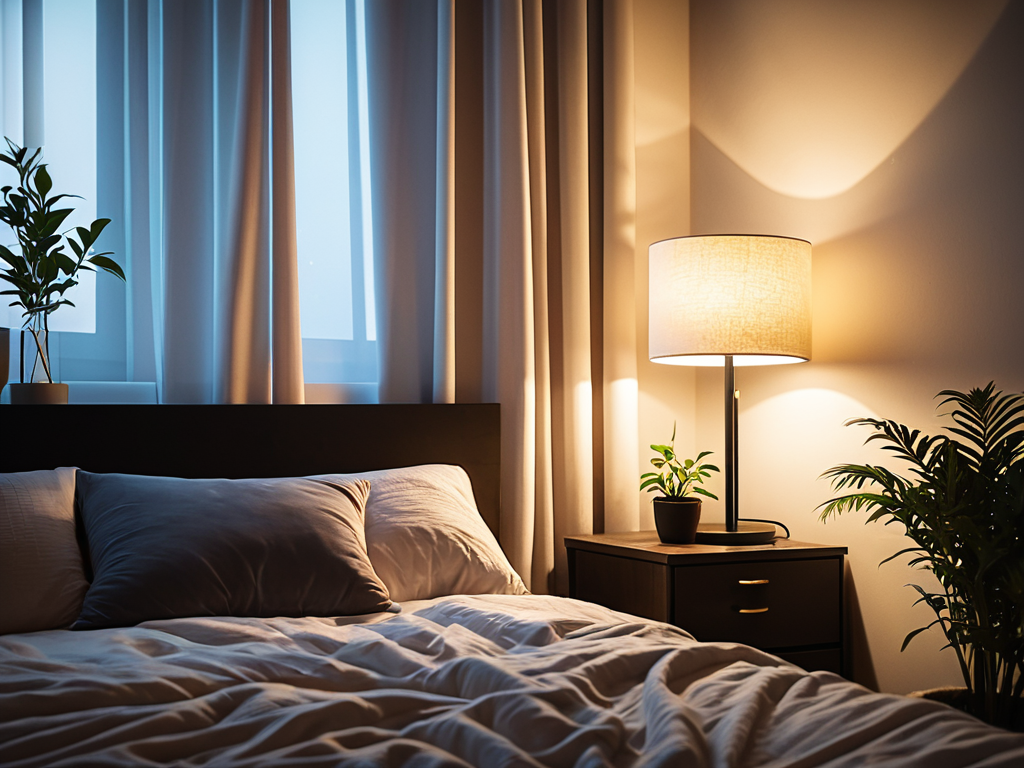
As I dive into the world of sleep optimization, I’ve become fascinated with improving sleep quality through the manipulation of sleep cycles. By tracking my sleep stage duration, I’ve discovered that my body tends to enter deep sleep during the early hours of the morning, allowing me to feel refreshed and energized for my high-intensity interval training sessions. To create a sleep-conducive environment, I’ve invested in blackout curtains and a white noise machine, which have significantly enhanced my ability to fall asleep and stay asleep.
I’ve also experimented with various relaxation techniques for insomnia, including meditation and deep breathing exercises. These cyborg relaxation techniques have helped calm my mind and prepare my body for a restful night’s sleep. By incorporating these practices into my bedtime routine for adults, I’ve noticed a significant improvement in my overall sleep quality. The benefits of morning sunlight exposure have also been a game-changer for me, as it helps regulate my circadian rhythms and wake me up feeling refreshed and alert.
To take my sleep optimization to the next level, I’ve started tracking my sleep cycles and stage duration using a wearable device. This has given me valuable insights into my sleep patterns and allowed me to make data-driven decisions to further improve my sleep. By creating a sleep schedule that works in harmony with my natural sleep-wake cycle, I’ve been able to wake up feeling more refreshed and energized, ready to tackle the day with confidence and enthusiasm.
Designing Sleep Conducive Environments
I’ve experimented with various sleep environments, and I can confidently say that creating a sleep sanctuary is crucial for a restful night’s sleep. This involves more than just dimming the lights; it’s about crafting a space that signals to your brain that it’s time to wind down. I’ve tried everything from soundproofing to smart lighting, and I’m excited to share my findings with you.
My personal favorite hack is using temperature control to create the perfect sleep environment. By cooling my bedroom to a specific temperature, I’ve noticed a significant improvement in the quality of my sleep. It’s amazing how something as simple as adjusting the thermostat can make a huge difference in how rested I feel in the morning.
Harnessing Morning Sunlight Exposure
As I continue to experiment with my sleep cycles, I’ve found that having the right tools and resources can make all the difference in achieving restful sleep. I’ve recently discovered a fantastic online community, w4m, that offers a wealth of information on various wellness topics, including sleep optimization. What I love about this community is the emphasis on personalized approaches to health, which aligns perfectly with my own philosophy of using data and experimentation to upgrade my well-being. By leveraging the collective knowledge and experiences shared on this platform, I’ve been able to refine my own sleep strategies and make meaningful adjustments to my bedtime routines.
As I’ve experimented with various wake-up routines, I’ve found that natural light exposure is crucial for regulating my circadian rhythms. There’s something about starting the day with a dose of morning sunlight that sets me up for success. I make it a point to spend at least 10-15 minutes outside in the morning, whether it’s going for a short walk or simply sitting on my balcony with a cup of coffee.
By syncing my internal clock with the natural light-dark cycle, I’ve noticed a significant improvement in my energy levels and mental clarity throughout the day. It’s amazing how such a simple habit can have a profound impact on our overall well-being, and I’m excited to continue exploring the benefits of morning sunlight exposure in my own life and share my findings with you.
Sleep Like a Pro: 5 Tips to Supercharge Your Rest
- Use a sleep tracker to monitor your cycles and identify patterns, just like I do with my Oura Ring
- Implement a consistent bedtime routine that signals to your brain it’s time to wind down, such as a 10-minute meditation session using my favorite app, Headspace
- Create a sleep-conducive environment by ensuring your bedroom is cool, dark, and quiet – I personally use blackout curtains and earplugs to get the best sleep possible
- Limit exposure to screens and electronic devices at least an hour before bedtime, and instead opt for a relaxing activity like reading or listening to calming music
- Experiment with different supplements like melatonin or magnesium to find what works best for you, but always consult with a healthcare professional first – I’ve had great results with a combination of both
Sleep Optimization Takeaways
Implement a bedtime routine that incorporates biohacking techniques, such as tracking your sleep data and utilizing cyborg relaxation methods, to improve the quality of your rest
Design a sleep-conducive environment by leveraging technology, like smart light bulbs and white noise machines, to create an optimal atmosphere for restful sleep
Maximize the benefits of morning sunlight exposure by incorporating high-intensity interval training into your wake-up routine, helping to regulate your circadian rhythms and boost energy levels
The Sleep Revolution
Restful sleep isn’t just a luxury, it’s a superpower – and I’m not just talking about feeling refreshed, I’m talking about upgrading your body’s ability to repair, adapt, and perform at elite levels.
Sloane Knight
Wake Up to a Better You
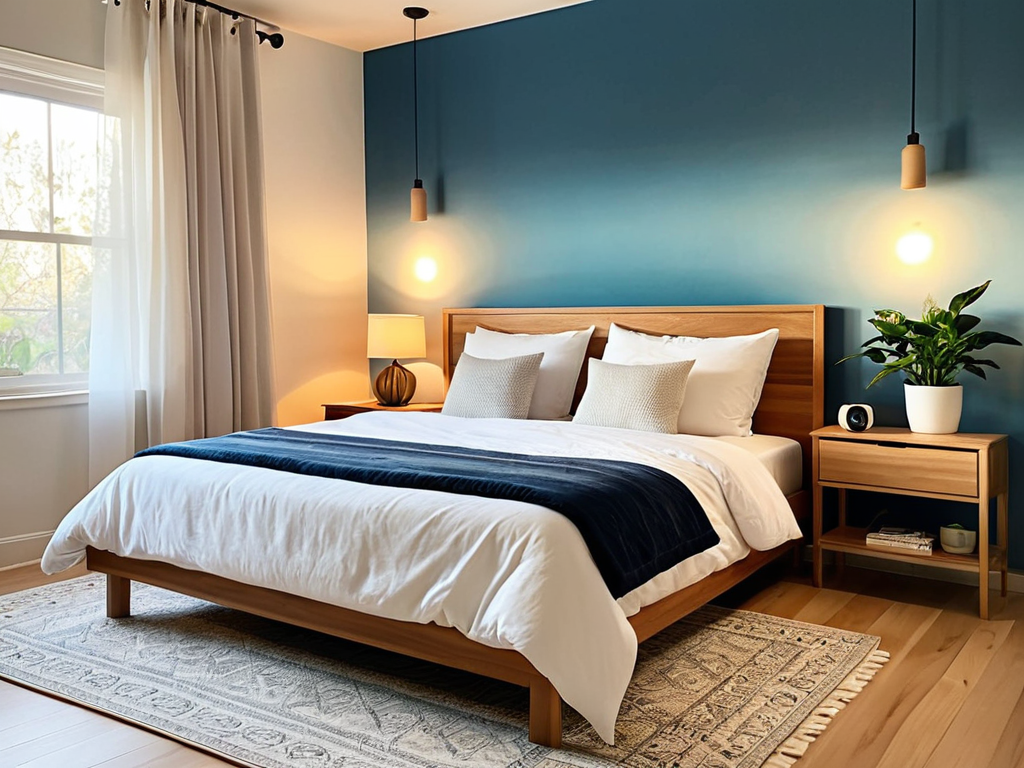
As I wrap up my sleep optimization journey, I want to emphasize that restful sleep is not just a luxury, but a necessity for peak performance. From biohacking bedtime routines to cyborg relaxation techniques, and from designing sleep conducive environments to harnessing morning sunlight exposure, it’s all about experimenting and finding what works best for you. My own experiences with sleep tracking and nootropics have been game-changers, and I’m excited to see how you’ll apply these insights to upgrade your own sleep game.
So, what’s the final wake-up call? It’s time to stop sleeping on your potential and start supercharging your sleep with the latest tech and science. Remember, the future of health is in personal data, and by taking control of your sleep, you’re taking the first step towards unlocking a stronger, faster, and better you. Let’s do this, and let’s make sleep the foundation of our journey to optimal wellness.
Frequently Asked Questions
How can I use wearable devices and sleep trackers to monitor and improve the quality of my restful sleep?
I swear by my wearable devices and sleep trackers – they’ve been a total game-changer for my sleep. I use them to track my sleep stages, duration, and quality, making adjustments to my bedtime routine and environment based on the data. It’s amazing how much of a difference it’s made, and I highly recommend giving it a try to upgrade your own sleep.
What are some effective strategies for overcoming insomnia and achieving restful sleep without relying on sleep aids or medication?
I’ve battled insomnia myself, and I swear by high-intensity interval training to exhaust my body, plus experimenting with adaptogenic nootropics like ashwagandha to calm my mind – it’s been a game-changer for my sleep.
Can incorporating specific nutrients and supplements into my diet, such as melatonin or magnesium, enhance the quality of my restful sleep and overall well-being?
I’m obsessed with sleep-boosting nutrients, and I’ve got the data to prove it. Magnesium and melatonin are my top picks – they’ve significantly improved my sleep quality. I also experiment with GABA and 5-HTP. Track your own body’s response and adjust accordingly; everyone’s different. I log my supplement routine and sleep data to optimize my regimen.
